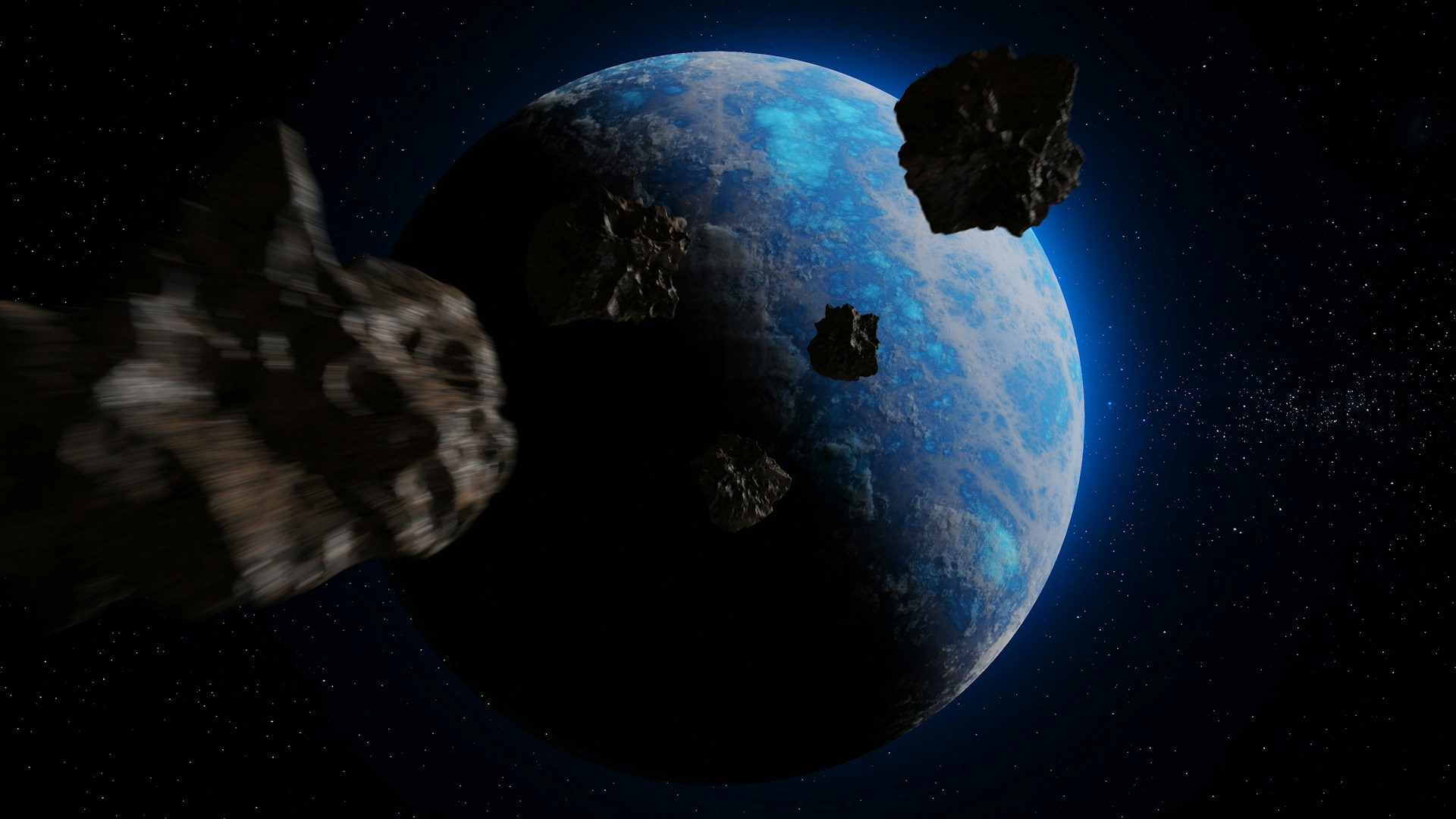Are you curious about asteroids and how they affect our planet? Do you want to learn more about the latest news and facts about these space rocks? If so, you are in the right place. In this article, we will explore some of the most interesting and important topics related to asteroid 2024. Let’s get started!
What are asteroids and how are they different from meteors?
Asteroids are small, rocky objects that orbit the Sun, mostly between Mars and Jupiter. They are smaller than planets but larger than pebbles. Some of them can come close to Earth or even hit our planet. When they do, they can cause a lot of damage or create spectacular sights in the sky.
Meteors are not the same as asteroids. Meteors are what we see when small pieces of asteroids or comets, called meteoroids, enter Earth’s atmosphere and burn up. They look like shooting stars, but they are not stars at all. They are just bits of dust and rock that glow because of the heat and friction.
Sometimes, meteors don’t burn up completely and land on the ground. When they do, they are called meteorites. Meteorites can tell us a lot about the origin and composition of asteroids and comets.
Here is a table that summarizes the differences between asteroids, meteoroids, meteors, and meteorites:
| Term | Definition | Example |
|---|---|---|
| Asteroid | A small, rocky object that orbits the Sun | 2007 FT3, a 341-meter asteroid that has a very low chance of hitting Earth in 2024 |
| Meteoroid | A small piece of an asteroid or a comet | 2024 BX1, a one-meter meteoroid that hit Earth on January 21, 2024 |
| Meteor | A streak of light in the sky caused by a meteoroid burning up in the atmosphere | The fireball that was seen over Berlin, Germany, on January 21, 2024 |
| Meteorite | A piece of a meteoroid that survives the atmosphere and lands on the ground | The fragments of 2024 BX1 that were collected by scientists in Germany |
Asteroid 2024 BX1: A Close Call
One of the most exciting events related to asteroid 2024 was the impact of a small asteroid named 2024 BX1 on January 21, 2024. This asteroid was detected by astronomer Krisztián Sárneczky just three hours before it collided with Earth. The asteroid, about one meter in size, entered Earth’s atmosphere and disintegrated as a meteor over Berlin, Germany. It produced a stunning fireball that was visible over a wide area.
This was the eighth asteroid that humankind has spotted before impact, and the third discovered by Sárneczky. Asteroids of this size strike Earth on average every couple of weeks, but most of them are never detected. They pose no significant danger, but they can help us understand how many small asteroids are out there and what they are made of.
Asteroid 2007 FT3: A Potential Threat
Not all asteroids are harmless, though. Some of them are large enough to cause devastating damage if they were to impact Earth. One of them is asteroid 2007 FT3, which has a diameter of 341 meters and a mass of 55 million tons. This asteroid has been picked up by NASA’s Sentry, an impact monitoring system that tracks the future trajectories of near-Earth objects.
According to NASA, asteroid 2007 FT3 has a very low probability of hitting Earth in the next century, but it is not zero. The asteroid has 164 potential impact dates between 2024 and 2116, with the most likely one being on October 2, 2024. The chance of impact on that date, however, is only one in 11 billion. To put that in perspective, it is like rolling nine or 10 dice and getting a six every time.
If asteroid 2007 FT3 were to hit Earth, it would release an energy equivalent to 2.7 billion tons of TNT, or about 180 times the power of the atomic bomb dropped on Hiroshima. It would create a crater of about 6 kilometers in diameter and 800 meters in depth, and cause widespread destruction and tsunamis. Fortunately, NASA is confident that this scenario will not happen, and that the asteroid will safely fly by Earth at a distance of 138 million kilometers.
How can we stay informed and prepared for asteroid events?
NASA and other space agencies are constantly monitoring the near-Earth environment for potential asteroid threats. They use telescopes, radars, and spacecraft to detect and track asteroids, and to study their size, shape, composition, and orbit. They also conduct missions to explore and sample asteroids, such as OSIRIS-REx and Hayabusa2.
You can stay informed about the latest asteroid 2024 news and events by visiting NASA’s Asteroid Watch website, where you can find information about upcoming close approaches, impact risks, and mitigation strategies. You can also follow NASA’s Asteroid Watch Twitter account, where you can get alerts and updates about asteroids and meteors. You can also watch live streams of asteroid flybys and meteor showers on various online platforms.
Asteroids are fascinating and mysterious objects that can teach us a lot about the history and evolution of our solar system. They can also pose a threat to our planet, but we have the technology and the knowledge to detect and prevent potential impacts. By staying informed and aware, we can enjoy the beauty and wonder of these cosmic visitors, and protect our home from harm.
Check out more articles!








